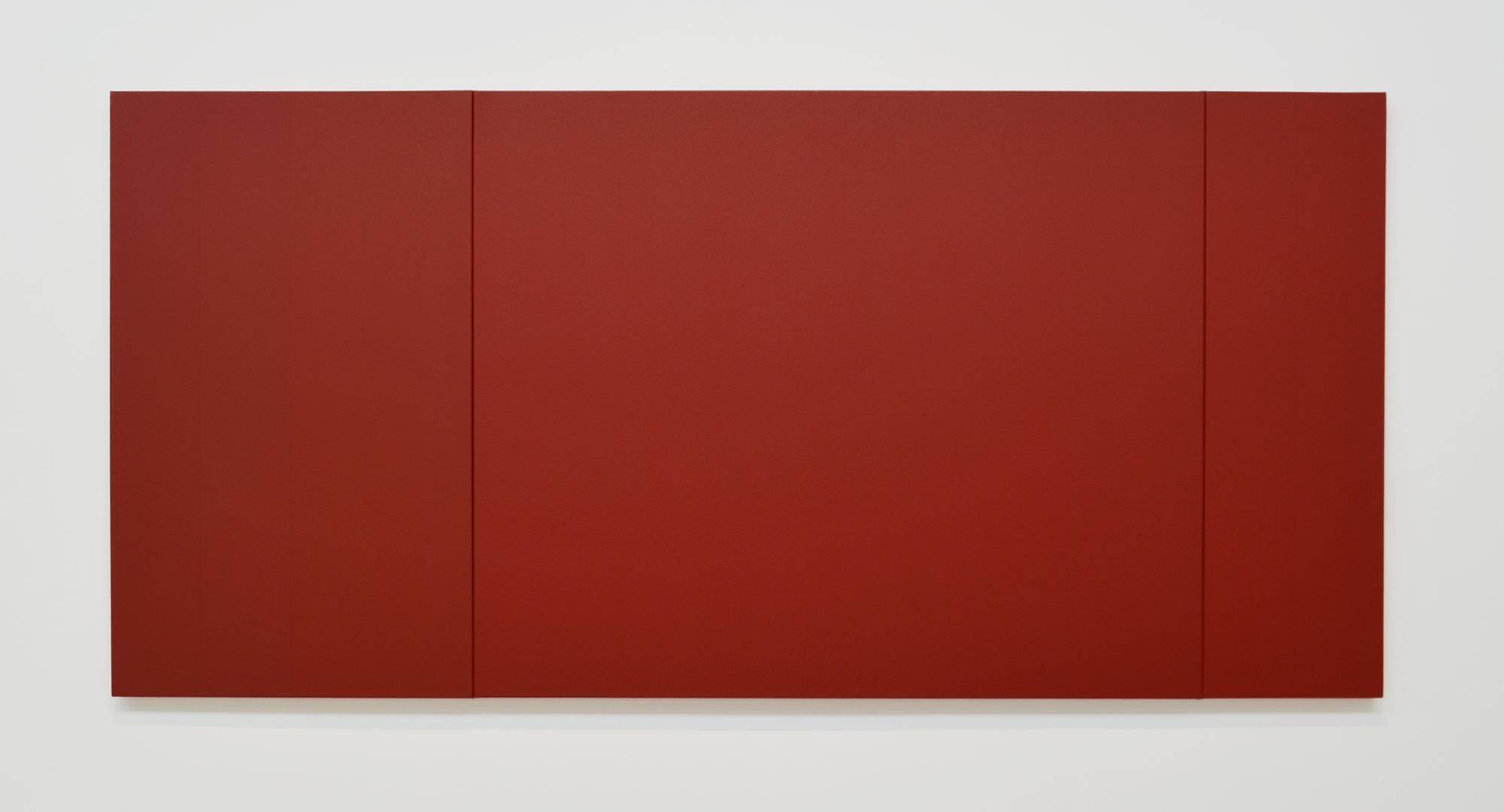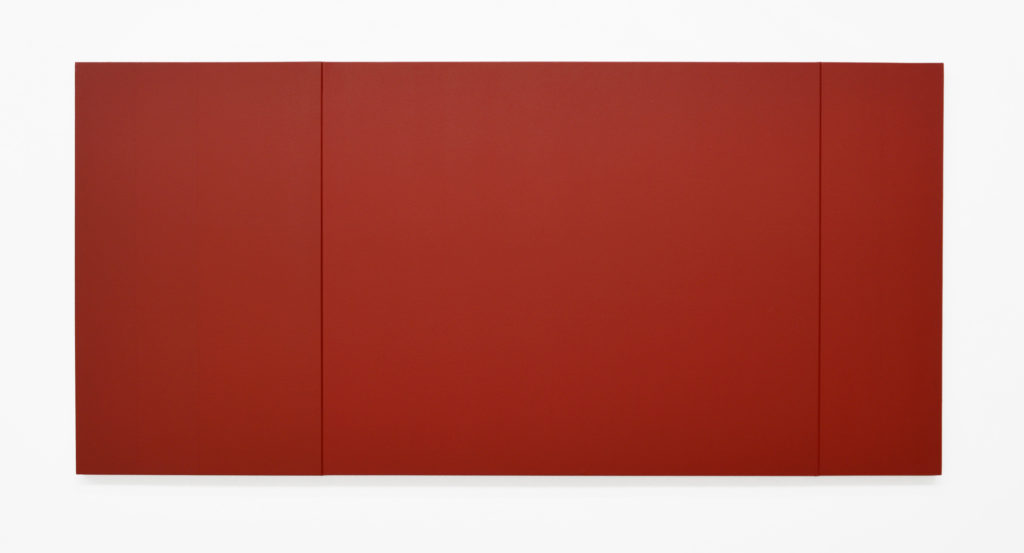
Louis Comtois was born in Montréal, Québec in 1945. He died in New York, NY in 1990. Comtois was an accomplished Canadian abstract painter whose career spanned two decades before he died of AIDS in 1990. He studied at Montréal’s École des beaux arts, and lived in New York City from 1972 onward. Comtois’ work has been described as “abstraction that makes the viewer think,” and has received considerable attention through one-man and group shows in France, the United States and Canada. In his early work he was concerned with colour, and was influenced by the Montreal painting of the 1960s – the work of Claude Tousignant, Guido Molinari, and Yves Gaucher. His works were characterized by his use of layers of paint – bright, incandescent surface colours on layers of dark and serene colour. In later years, however, his abstraction took another form. He began working with a variety of media, creating monumental monochromatic paintings on triptychs constructed of wood, covered with jute or muslin, and soaked in plaster. These structural elements were then painted with oil and encaustic. The resulting textured surfaces lend a tactile quality to his later abstraction which was concerned with contemporary questions of pictorial space. In 1987, Comtois won The Canada Council’s Gershon Iskowitz prize for achievement and success as a professional Canadian visual artist. Comtois’ work is represented in the collections of the Montreal Museum of Fine Arts, The Canada Council Art Bank, and the Art Gallery of Ontario.
Exhibitions
- 2017
In Conversation
Available Artworks


